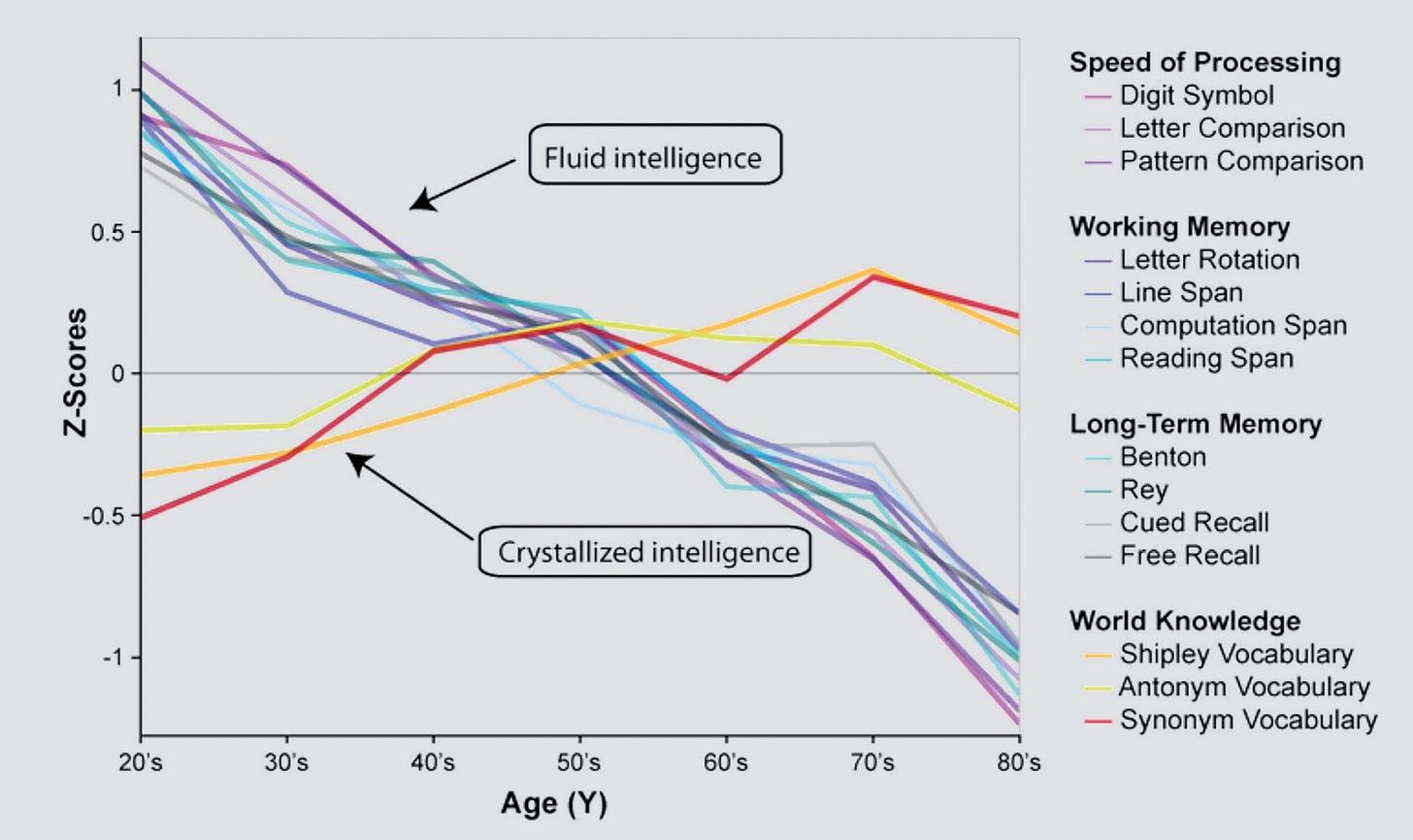Jurassic Leadership
What to do when your top leaders belong to an era that is no longer?
What to do when your old, tired leaders keep on milking on a prestige earned eons ago by feats that are not as impressive in today’s terms?
How do the new generations push the dinosaurs in charge out of the way to ensure a healthy internal mobility in the upward direction?
Is wishing for a cataclysm the only way?
We as citizens are very well known for choosing terrible leaders. It happens. But, fortunately, we still have instruments at hand to replace our subpar authorities every now and then by means of elections. We cast a vote to elect those who we believe in the best of our knowledge are the right ones to command the government for what’s coming next.
Unfortunately, companies do not have such democratic mechanisms. Therefore bad, old-fashioned leaders may perpetuate themselves forever.
Sure, the “vote” equivalent in corporate environments is to go find ourselves another job if we don’t fancy being governed by Jurassic relics. But what if we like what we do? What if we’re not able to switch jobs for whatever reason (geographic, financial, etc)?
An interesting paradox is at play. Old timers are provably experienced. Experience only increases with age. Then, the more experienced—therefore typically the oldest—tend to earn the right to herd the tribe. But neuroplasticity and other brain functions are known to decline with age1, making older brains less prepared to assess complex scenarios and understand, for example, newer trends, methods and technologies. They might be “wiser”—have better “world knowledge”—but they’re also less mentally agile. Their speed of processing information, their working memory and long-term memory are comparatively less performant compared to the younger guard.

The younger guard, on the other hand, might still lack the “friction” and street smarts life tends to provide, but it’s well more versed into new ways of doing things, about trends and fashions. The young guard is full of ideas that keep being consistently killed by the more conservative club of mummies.
As it happens, extremes are always bad. A full cretasic leadership is surely a silent killer, as much as a leadership only made out of 25-years-old hipsters would be. It almost screams that a viable way out is to make sure a conveyor belt of sorts is *continuously* moving the more neuroplastic talent upwards so they can soak themselves with lessons learned and knowledge from the ones who are about to meet the end of the corporate road. Every end is a beginning says the platitude, and too many things are changing too fast for our continuously aging brains to keep up. Eventually, as much as we want to feel forever young, the baton must be passed.
Neuroplasticity, Aging, and Cognitive Function, Denise C. Park, Gérard N. Bischof. The Center for Vital Longevity, University of Texas, Dallas, Texas, USA.
